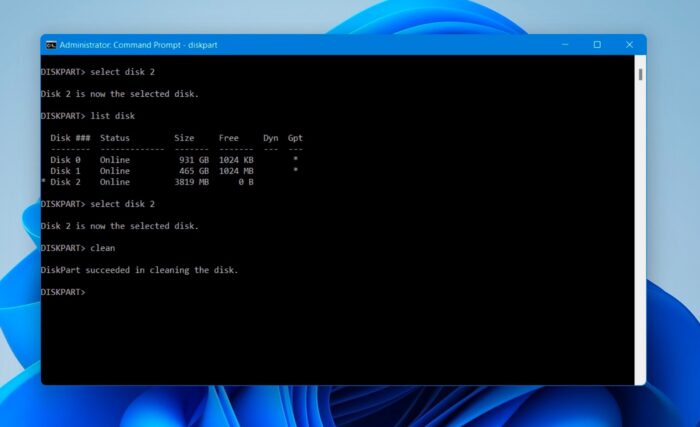


Let’s take a look at real-world use of the du command with the Desktop directory: With the du command, you need to specify which folder or file you want to check. It will show you details about the disk usage of files and directories on a Linux computer or server. df - help - it lists down other useful options that you can use, complete with their descriptions.Ĭheck Disk Usage in Linux Using the du CommandĪnother important command is du, short for Disk Usage.df /home - it allows you to view information about a specific file system in a readable format (in this case /home file system).df -T - this option will show the file system type (a new column will appear).df -k - to display file system usage in KB.df -m - this command line is used to display information of file system usage in MB.df -h - it will display the result in a human-readable format.

Mounted On - tells us the mount point of a particular file system.īy adding a certain option to the df command, you can check the disk space in Linux more precisely.Use% - displays the percentage of disk space that is used.Available - shows how much space is left in the file system.Used - shows how much disk space is used in the particular file system.Size - gives us the total size of the specific file system.FileSystem - provides the name of the file system.


 0 kommentar(er)
0 kommentar(er)
